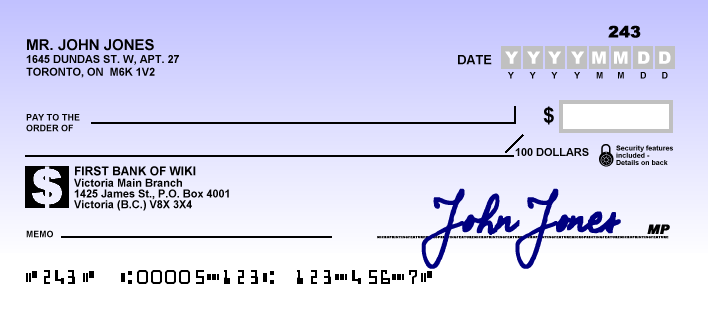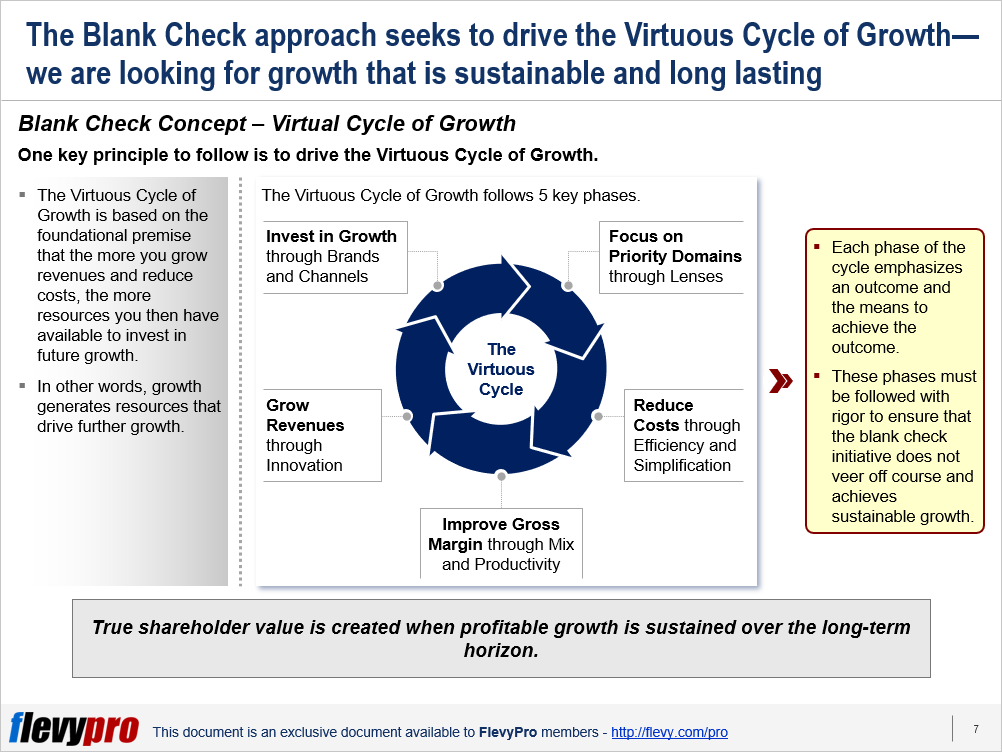Editor's Note: Take a look at our featured best practice, Complete Guide to Business Strategy Design (51-slide PowerPoint presentation). Summary: This document provides a framework to design your business strategy.
A key question that every business needs to able to answer is "What is our strategy?"
'Strategy' is part of everyday business language and is often used in the wrong context (e.g. 'Operational [read more]
Also, if you are interested in becoming an expert on Strategy Development, take a look at Flevy's Strategy Development Frameworks offering here. This is a curated collection of best practice frameworks based on the thought leadership of leading consulting firms, academics, and recognized subject matter experts. By learning and applying these concepts, you can you stay ahead of the curve. Full details here.
* * * *

Due to organizations having limited resources (e.g. talent, capital, time, etc.), the focus of Strategy Development is often the optimization and prioritization of said resources to maximize the potential to reach its strategic objectives. But what if that weren’t the case? This is the thinking behind Blank Check Strategy.
The blank check approach takes a contrarian viewpoint. The fundamental question then becomes, what if resources were not a constraint? This compels managers to think big and not worry about resources.
A blank check is a metaphor the freedom of a team or business is given to determine for themselves the resources they need to achieve a set of agreed-upon goals within a defined timeframe.
The issue with working with confined resources is that it not only limits your plans, but also limits the creative potential of people. In other words, by removing the resource restraint, we also removing an invisible restraint on creativity and imagine.
Through this approach, business leaders, instead of defining budgets and resources, focus on defining ambitious goals. Then, they leave it to their managers and teams to request for resources needed to achieve these goals. Many organizations that have embraced this approach managed to achieve astounding results.
When teams decide their own budgets, they feel more accountable, empowerment, and ownership. They are thus inspired to achieve more ambitious, stretch goals.
It is critical to under that a blank check is not a license to spend without restraint, guidelines, or consequences. To effectively apply the blank check approach, there are several important principles that should be followed. In other words, blank checks offer freedom within a framework. There are still rules to ensure these initiatives remain aligned with our Strategy and product results.
One of the most important important guiding principles is to seek to drive the Virtuous Cycle of Growth. What this means is a blank check initiative needs to have the potential to produce sustainable, continuous, profitable growth.
The Virtuous Cycle of Growth follows 5 key phases, as captured on this slide below.

Each phase of the cycle emphasizes an outcome and the means to achieve the outcome. These phases must be followed with rigor to ensure that the blank check initiative does not veer off course and achieves sustainable growth.
The Virtuous Cycle of Growth is based on the foundational premise that the more you grow revenues and reduce costs, the more resources you then have available to invest in future growth. In other words, growth generates resources that drive further growth.
To achieve sustainable growth that drives a virtuous cycle, the selected initiative needs to be gross-margin accretive. Margin expansion can be derived from increased revenues, cost reduction, or productivity improvements.
To effectively launch a blank check initiative, we should follow the 5-phase approach to Blank Check Strategy:
- Select the Best Big Bets – We should prioritize the funding of big bets that have potential growth.
- Select the Team – Not all teams are suitable for the blank check approach—we need to select people with the potential passion, and perseverance to transform their businesses.
- Define Goals & Plans – The goals and targets of the initiative need to be clearly defined—they should be quantified, aggressive, and time-bound.
- Kick Off the Blank Check Initiative – After the business plan has been clearly defined and agreed upon, the organization needs to formally “issue the check.”
- Monitor & Measure Results – Throughout implementation, it is important to set milestones for key deliverables and track performance throughout.
Interested in diving deeper into the Blank Check Strategy? We have a developed a framework presentation on Blank Check Strategy, which elaborates on all the guiding principles, pillars to success, as well as discusses each of the 5-phases to Blank Check Strategy implementation in further depth. It is a fully editable PowerPoint presentation and also also includes slide templates for you to use in your own business presentations. This, and 100s of other similar business framework presentations, are found in the FlevyPro Library.

23-slide PowerPoint presentation
Strategic Planning is an essential tool for organizations aiming to thrive in today's dynamic business environment. It's not just about setting goals--it's also about crafting a roadmap for sustainable success. For executives, understanding and effectively implementing Strategic Planning is crucial
[read more]
Want to Achieve Excellence in Strategy Development?
Gain the knowledge and develop the expertise to become an expert in Strategy Development. Our frameworks are based on the thought leadership of leading consulting firms, academics, and recognized subject matter experts. Click here for full details.
"Strategy without Tactics is the slowest route to victory. Tactics without Strategy is the noise before defeat." - Sun Tzu
For effective Strategy Development and Strategic Planning, we must master both Strategy and Tactics. Our frameworks cover all phases of Strategy, from Strategy Design and Formulation to Strategy Deployment and Execution; as well as all levels of Strategy, from Corporate Strategy to Business Strategy to "Tactical" Strategy. Many of these methodologies are authored by global strategy consulting firms and have been successfully implemented at their Fortune 100 client organizations.
These frameworks include Porter's Five Forces, BCG Growth-Share Matrix, Greiner's Growth Model, Capabilities-driven Strategy (CDS), Business Model Innovation (BMI), Value Chain Analysis (VCA), Endgame Niche Strategies, Value Patterns, Integrated Strategy Model for Value Creation, Scenario Planning, to name a few.
Learn about our Strategy Development Best Practice Frameworks here.
Readers of This Article Are Interested in These Resources

153-slide PowerPoint presentation
[NOTE: Our Hoshin Kanri presentation has been trusted by an array of prestigious organizations, including industry leaders such as Apple, Facebook, Boeing, Shell, Goodyear, Cummins, Johnson Controls, Hanes, Telefónica, Chubb, Discover, Stryker, Thales, Saint-Gobain, AGCO, to name just a
[read more]

31-slide PowerPoint presentation
Many organizations are proficient at planning, but fall short when it comes to executing those plans, especially when emergencies take precedence over routine tasks.
The 4 Disciplines of Execution (4DX) is a Strategy Development framework designed to help organizations effectively implement
[read more]

144-slide PowerPoint presentation
Frameworks are powerful tools Strategy Consultants leverage to address their clients' business issues in an organized, thorough, and efficient fashion.
In this presentation, we provide primers to 20 consulting frameworks used by Strategy Consulting firms. These frameworks have been categorized
[read more]

48-slide PowerPoint presentation
Most frameworks, guides, and business gurus that discuss corporate strategy focus purely on the theory of great strategy, but don't teach the art of great execution. Without execution, strategy is merely theory.
In fact, a common complaint of strategy consulting firms is that they leave clients
[read more]






